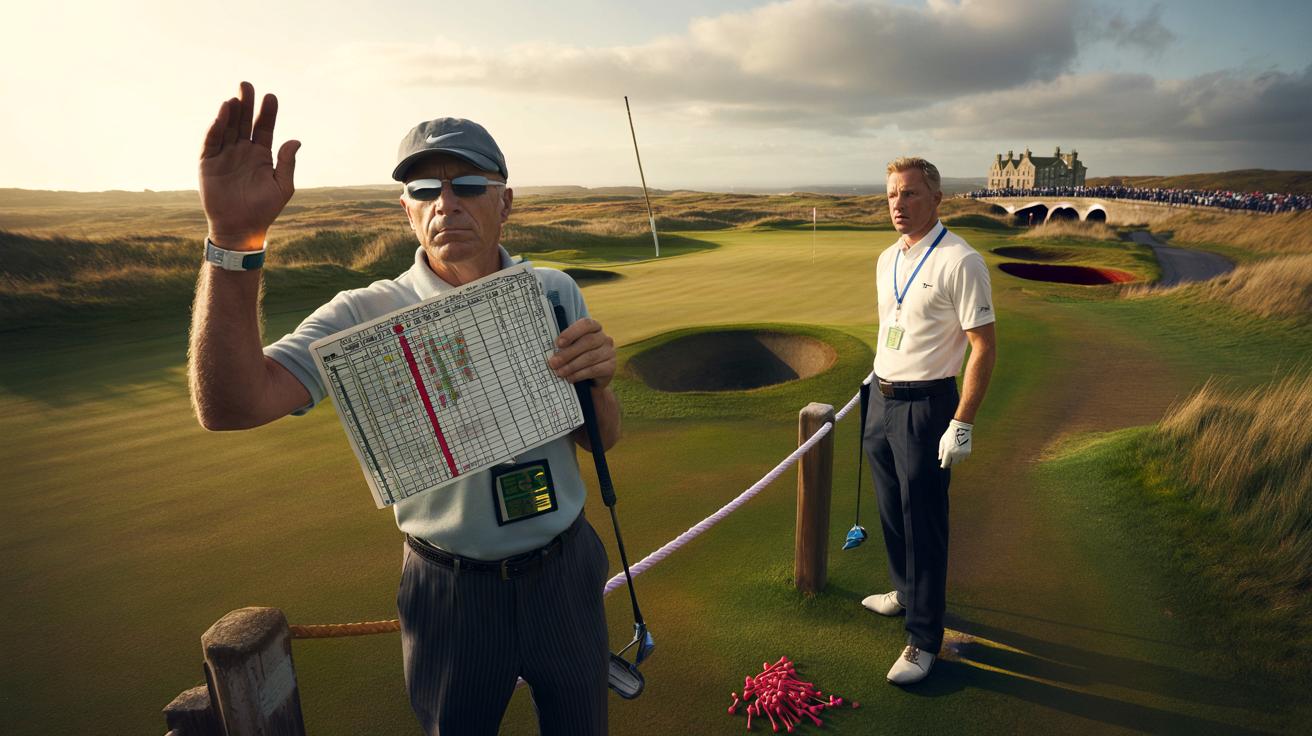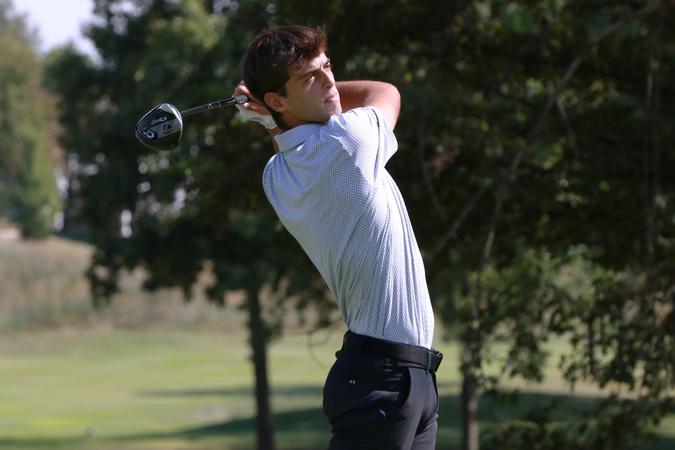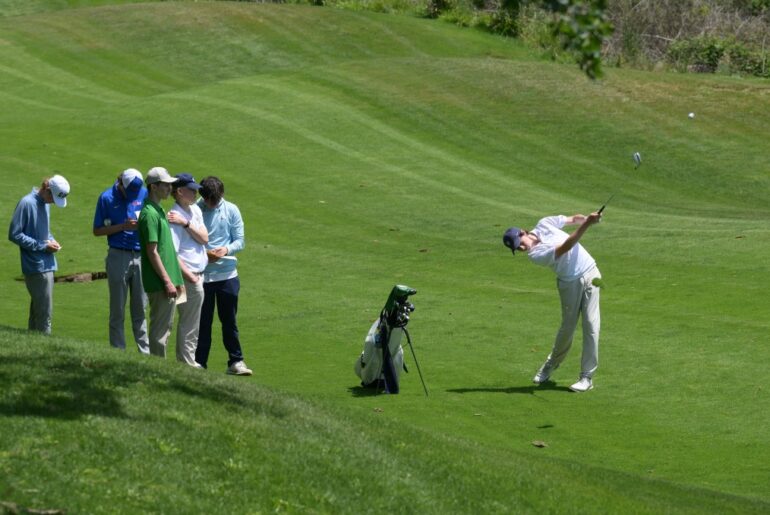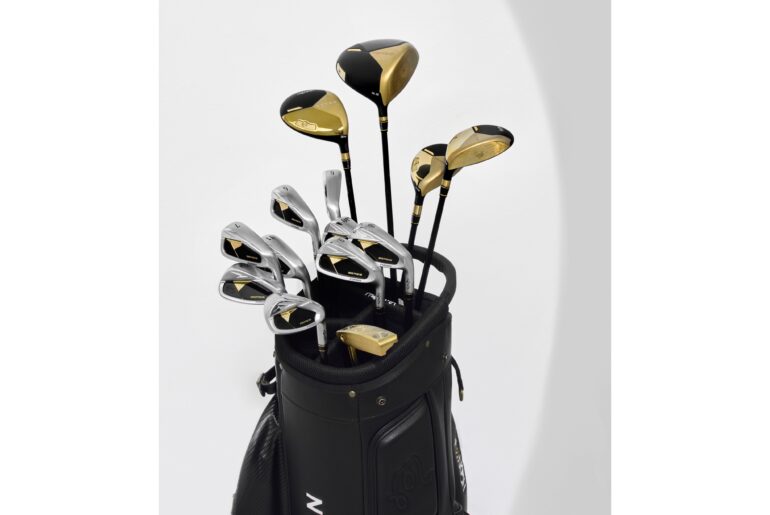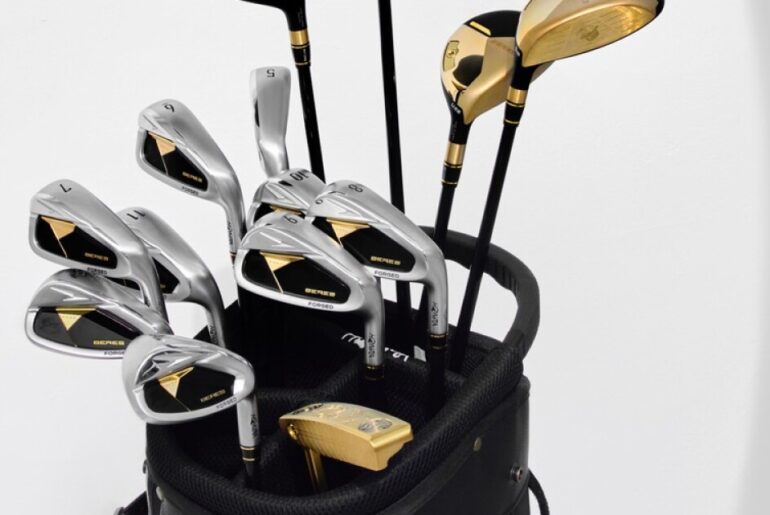Whispers on the Scottish links return with the autumn wind, where celebrity smiles meet scorecards and small numbers cause big ripples.
As the Alfred Dunhill Links teed off again across its three storied courses, old questions resurfaced about how amateurs are graded and how far a handicap can stretch when the cameras are watching. At the heart of it sits Chris Evans, his jaw-dropping 2011 tally with professional partner Nick Dougherty, and a simmering debate that refuses to fade.
A record that sparked a row over handicap
In 2011, Evans, playing off a declared 10 handicap, paired with Dougherty to post an eye-catching 40-under-par team total, the kind of number that lives on in clubhouse folklore. The figure set tongues wagging among rivals and observers, some questioning whether his allowance reflected his ability on the day. The following year, Evans said he had been barred from returning, describing the decision as permanent and suggesting bruised egos had played a part.
Forty under par, a 10 handicap and a lifetime ban claim: the trifecta that still grips this pro-am.
More than a decade later, the event is back, the fairways are full, and the question remains: does any exclusion still stand? Organisers have been asked to clarify the status, and the talk among fans is less about celebrity selfies and more about how a handicap should be measured when television, pride and prize tables are involved.
What a 10 handicap really means
A 10 handicap is usually the territory of a capable club player: someone who hits it solidly, carding mid-80s on a regulation course and capable of the odd low round when the putter behaves. It is not a professional number, and it should not cast a player as a ringers’ favourite. Yet pro-ams carry quirks. Team formats, generous scoring for net birdies, and the lift from a world-class partner can turn a tidy card into a torrent of points.
In team formats, a hot putter and a steady pro can turn a respectable handicap into a scoreboard avalanche.
Why Dunhill Links cares about fairness
The Alfred Dunhill Links thrives on celebrity glamour and elite golf in equal measure. The rotating trio of Scottish courses—often including St Andrews’ Old Course, Carnoustie and Kingsbarns—demands serious shot-making from professionals. The amateur element adds charm but also risk. Too much latitude on handicaps can skew the competition, sour the locker-room mood and drain credibility from an event that lives on reputation.
2011: Evans and Dougherty combine for 40-under in the team standings.
2012: Evans says he has been barred from further appearances.
Handicap in focus: Evans had declared a 10 at the time.
Current status: organisers have been asked whether any exclusion remains in place.
The balance is delicate. Fans enjoy the theatre of a Hollywood star stuffing a wedge to a tucked flag. Professionals enjoy the lighter edge of a long season. But when an amateur’s allowance becomes the dominant story, organisers step into tricky territory. The rulebook exists; trust, transparency and calm enforcement are what keep the field happy.
How pro-ams set and police amateur numbers
For events with global fields, handicaps are typically verified via national bodies and club records. Adjustments can be made for recent form, while formats often cap the strokes an amateur can receive on any single hole. Some tournaments quietly nudge down a player’s allowance mid-week if the data suggests the mark is too soft. Others tackle the issue before the first tee shot.
Transparency, not tough talk, is how pro-ams keep celebrities smiling and professionals satisfied.
If you carry a 10 index at your club, should you worry? Not if it’s genuine. But expect scrutiny if you routinely post tournament rounds that exceed the predicted differential. Golf’s modern handicap systems try to iron out anomalies by taking best differentials over recent rounds, limiting the effect of one red-hot day. Pro-ams that adopt similar safeguards reduce the risk of accusations before they begin.
Murray, movie stars and major winners keep the spotlight bright
This year’s Dunhill Links hardly lacks star wattage. Two-time Wimbledon champion Andy Murray is back, pursuing a long-stated dream of one day qualifying for The Open. He joins a cast that stretches from silver screen to stadium: Michael Douglas and Catherine Zeta-Jones bring Hollywood pedigree; Bill Murray adds cult appeal; Huey Lewis and Tom Chaplin lend musical clout.
Sporting royalty is out in force. Five-time Olympic champion Sir Steve Redgrave picks lines and reads greens with the method of a rower who knows rhythm is everything. Ashes winners Kevin Pietersen and Michael Vaughan trade drives and banter like it’s a summer at Lord’s. South African greats, including Morne du Plessis, add a rugby heartbeat to the roster.
Family pairings and celebrity draws
The individual championship hums alongside the team event. Major champion Tyrrell Hatton competes while teaming up with his father, Jeff, a family dynamic that tends to sharpen focus rather than soften it. Matt Fitzpatrick, who lifted the trophy in 2023, also pairs with his dad, Russell. Dustin Johnson’s presence attracts a different crowd, especially with his father-in-law, ice hockey legend Wayne Gretzky, walking the fairways.
From Murray’s Open dream to Johnson and Gretzky on the tee box, the draw reaches far beyond golf diehards.
What it means for fans and club golfers
Handicap flare-ups are not new. They flare when a number looks soft and fade when the checks are clear and consistent. For spectators, the Evans case is a reminder that even light-hearted pro-ams run on rules. For club golfers, it’s a nudge to keep cards honest and records up to date. The game’s charm lies in its self-policing, and that extends from a Saturday roll-up to the glare of a televised tee time.
If your own handicap sits around 10, the likely scoring range is mid-80s on a testing course, with an occasional dip into the 70s if you catch a streak. In a team format, your net contribution can swing wildly depending on which holes get strokes. A single birdie on a stroke hole can be worth three Stableford points. Stack several of those in a round partnered with a tour pro’s precision, and tallies can balloon.
Two practical notes help keep things civil. First, confirm your index with recent scores from competition tees, not just friendly fourballs. Second, accept pre-event caps on maximum strokes or per-hole allowances as a fair trade for a level field. These measures protect the event and, crucially, protect you from whispers when the putts drop.
For fans heading to the links, the best value often sits at the edges of the rota—watch a morning loop at Kingsbarns or a wind-blown hour at Carnoustie where shot shape matters more than swagger. If you’re chasing autographs, late afternoon near the practice putting green usually offers a calm window after cards are signed.
And if the Evans story resurfaces during the week, treat it as a case study rather than a feud. Pro-ams thrive when handicaps are accurate, expectations are clear and the leaderboard tells a story everyone can believe. The lesson is simple: keep the numbers honest, and the show goes on for players, stars and every spectator lining the ropes.

